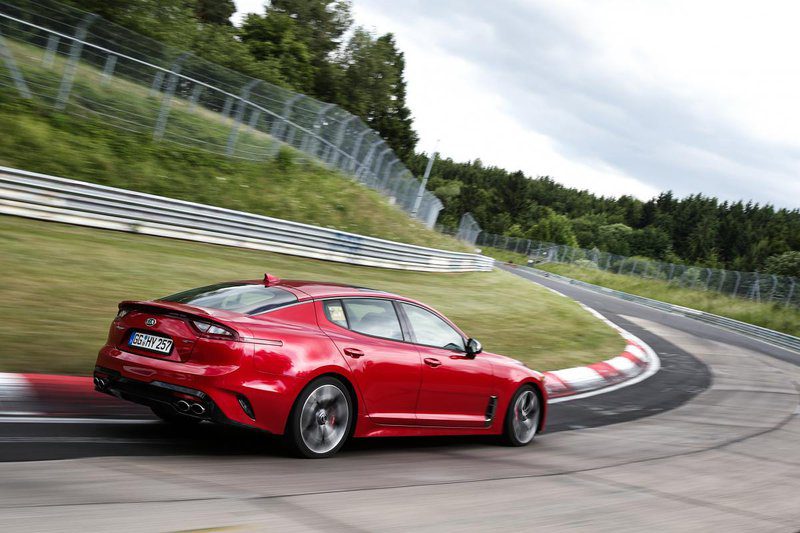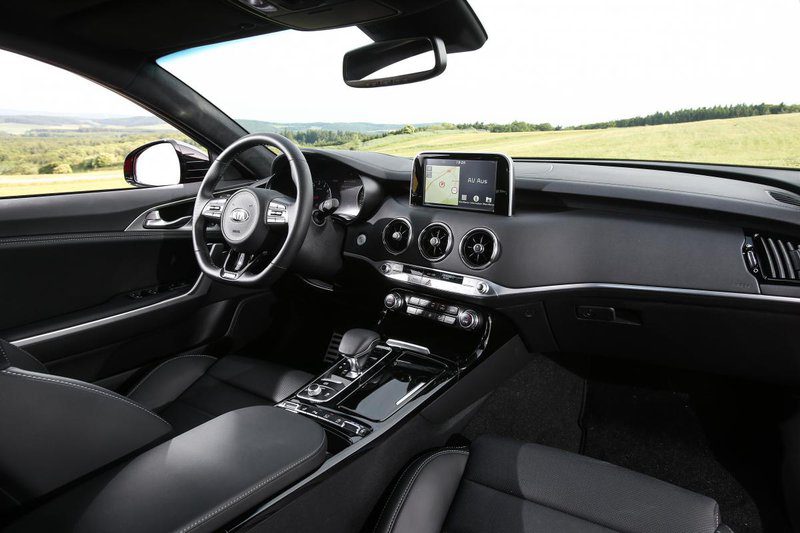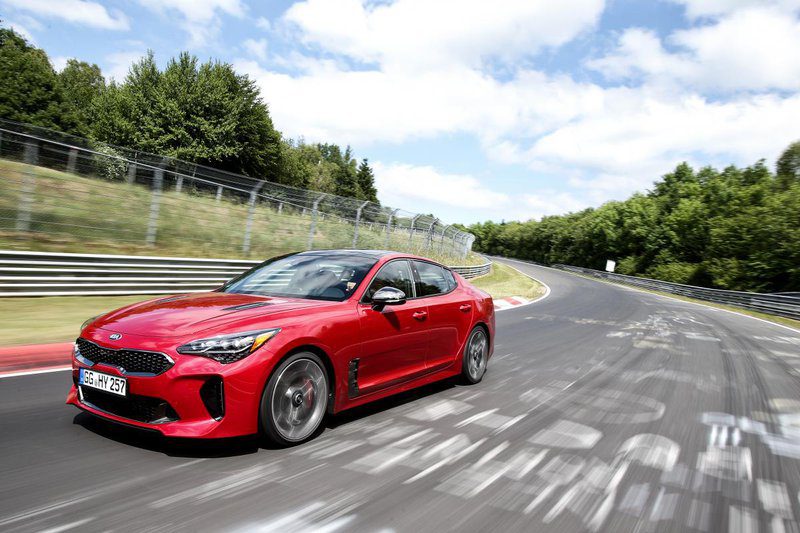
Korean surprise: Kia Stinger
Thus, more than ten years ago, they acquired the world famous designer Peter Schreyer. He became famous for his work in the German Audi, when in 2006 he offered the sports Audi TT to the world public. At the time, presenting a car with such an interesting design was certainly a bold move not only for the relatively conservative Audi, but for the entire automotive industry.
In the same year, Schreyer moved to the Korean Kia and headed the design department. The results were above average and Kia was so impressed with him that in 2012 he received a special award for his design work - he was promoted to one of the brand's top three people.

However, the staffing of the Korean concern, which unites the brands Hyundai and Kia, is not over yet. At Schreyer, they took care of the design, but they also had to take care of the chassis and driving dynamics. Here, the Koreans also took a big step and lured into their ranks Albert Biermann, a man who had worked in German BMW or its M sports department for more than three decades.
And the development of a sports car could begin. Well, it started earlier, as the GT study, first unveiled by Kia at the 2011 Frankfurt Motor Show, met with unexpectedly positive feedback. Shortly thereafter, he was also wanted by the Americans at their Los Angeles auto show, who were even more enthusiastic about the car. The decision to make a sports car was not difficult at all.

We can now confirm that the Stinger, the stock car that emerged from the GT study, is by far the best car the Korean factory has ever produced. The car impresses with its design, and even more so with its driving performance, performance and, ultimately, the final design. This is a true representative of sports limousines, "gran turismo" in the full sense of the word.
Already by design it is clear that this is a dynamic and fast car. It's coupe-style and spiced up with sporty elements, making it hard for the onlooker to decide whether he prefers the front or rear of the car. The interior is an even bigger surprise. The materials are excellent, so are the ergonomics, and the first-class surprise is the soundproofing of the passenger compartment. Korean flatness is gone, the car is compact, and it is felt as soon as you close the driver's door.

Pushing the engine start button offers something we're not used to in Far Eastern cars. The 3,3-liter six-cylinder petrol engine rumbles, the car shakes excitedly and says that it is ready for an exciting ride. The data on paper is already promising - the turbocharged six-cylinder engine boasts 370 “horses”, which guarantees acceleration from standstill to 100 kilometers per hour in just 4,9 seconds. Although not all the data is official yet, the Koreans have shown that the current (we tested pre-production cars) acceleration ends only at 270 km per hour, which makes the Stinger one of the fastest cars in its class. Would it be safe to drive at such a high speed?
Given the test drives, unambiguously. The development of the car also took place in the green hell, that is, at the famous Nurburgring. They completed at least 480 laps on each Stinger prototype. This means 10 kilometers fast, which equals 160 XNUMX km of run in normal mode. All Stingers did it without any problems or glitches.

As a result, select journalists also tested the Stinger in its natural environment. So, about the ominous Nürburgring. And we have not been driving so fast for a long time, but at the same time so safely and reliably. We did not exceed 260 kilometers per hour at maximum speed, but we drove through countless corners extremely fast. In this case, the Stinger chassis (double cross-rails at the front and multi-rails at the rear) did their job flawlessly. This was also taken care of by the chassis or the Damper Control System (DSDC). In addition to the normal mode, the Sport program is also available, which enhances the damping and shortens the damper travel. The result is even less body lean when cornering, and even faster driving. But regardless of the chosen program, Stinger performed flawlessly with the track. Even in the normal position, the chassis does not lose contact with the ground, moreover, due to the greater range of shock absorbers, contact with the ground is even better. Another surprise is the drive. The Stinger will be available with both all-wheel drive and rear-wheel drive. While we only tested the Stinger with the most powerful engine, the Stinger will also be available with a 255-liter petrol engine (2,2 horsepower) and a 200-liter turbo diesel engine (XNUMX horsepower). Nürburgring: This wasn't on the trip, as even all-wheel drive mostly drives the rear wheels, only in extreme cases is it redirected to the front pair of wheels.

The Koreans will start production of the Stinger in the second half of the year, and it is expected to hit showrooms in the fourth quarter of this year. Then the official technical data and, of course, the price of the car will be known.
text: Sebastian Plevnyak · photo: Kia

